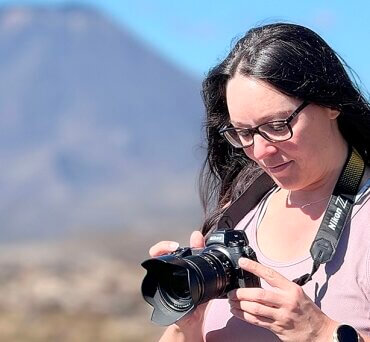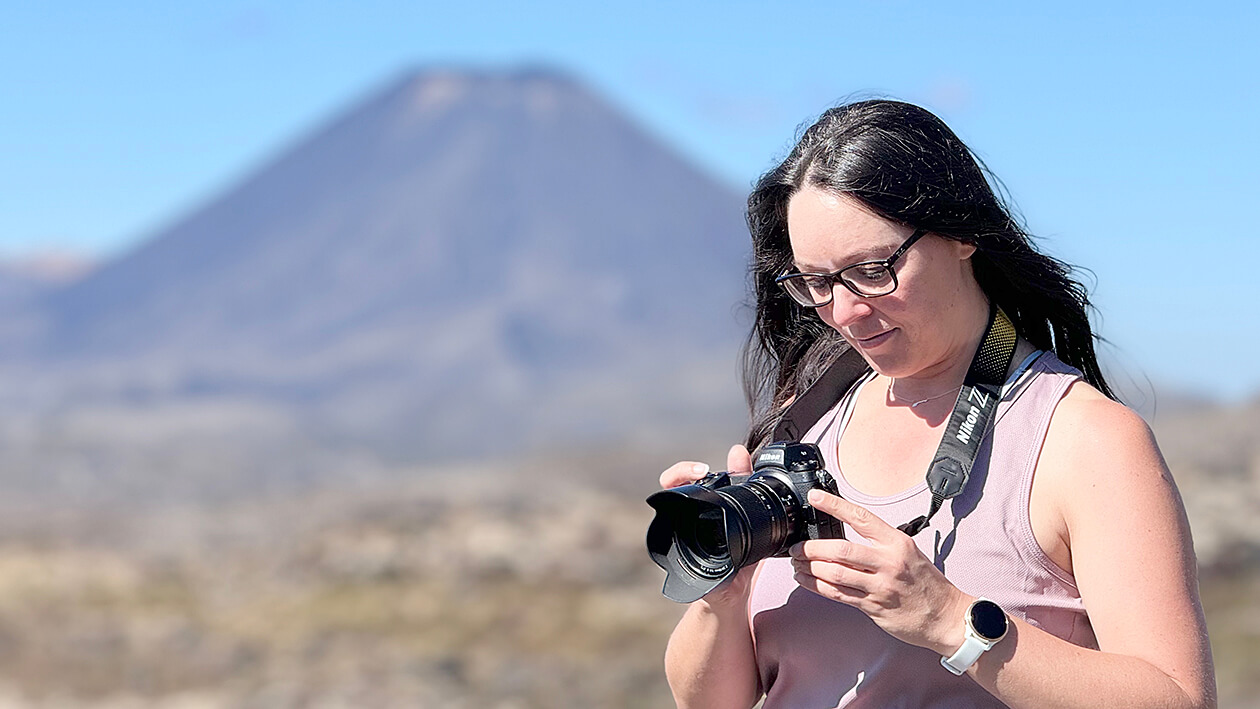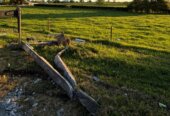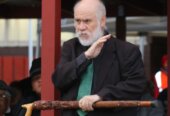
Janine Krippner
It’s amazing to think that a long while ago we were surrounded in Waipā by active volcanoes, now sleeping giants that will never wake again.
They were once producing beautiful eruptions and modifying our landscape through time. They have since been weathered down by gravity and the elements, with the rocks contributing to productive soils across the region.

Janine Krippner
Next Thursday (November 7) at 7 pm volcanologist Oliver McLeod will join us at the Te Awamutu Library to give a public presentation on his research on the geology of Karioi volcano, near Raglan.
This is a free event where all ages are welcome. Having been to his presentation on his similar work on Pirongia, I highly recommend coming along. I will be joining Oliver to give an introduction before he takes the room, and I would love to see you there.
Until recently, we didn’t know a lot about the volcanoes surrounding us. The most recent work was led by Oliver in a new and beautiful geologic map and book for all of us to enjoy which describes the history of Karioi .
Karioi is part of the Alexandra Volcanic Group, along with Pirongia, Kakepuku and Te Kawa volcanoes, all located along a straight line. Oliver’s book takes us to locations around the volcano with photographs accompanying explanations of what we see in cliff faces, and why the landscape looks like it does.
Karioi began erupting around 2.6 million years ago near the beginning of the ice age and went on to have a very productive life. Over 200,000 years the large cone we know as Karioi went through stages of growth and collapse.
The great thing about studying old volcanoes is that we can see some of their insides. Cliffs and river channels cut through the layers of rock that make up the volcano and the surrounding area, telling us about the types of eruptions that formed them.
Through this we now know that eruptions ranged from violent, producing large ash plumes similar to recent events at Ruapehu (for those of us who see the 90s as recent) to gentler lava flow eruptions more like what we see on the news out of Iceland.
More than 50 scoria cones formed nearby, a similar situation to what we have in the Auckland Volcanic Field. There are also tuff rings, formed when magma mixes with water to produce a more violent eruption. Dykes are now exposed at the surface, showing us how the magma rose through the ground, producing signs of volcanic unrest as they went if we were there to experience them.
The rocks also tell us about the magma that rose from deep below, feeding the eruptions over many millennia. Oliver’s work describes two distinct magma types that rose from two very different depths within the earth. Understanding volcanoes requires looking at processes over very large distances, across very large spans of time.
Karioi is a beautiful example of an entire life cycle of a volcano, right there on our doorstep.

Janine Krippner checks her camera settings while on volcano watch. Photo: Drew Mehrtens.








